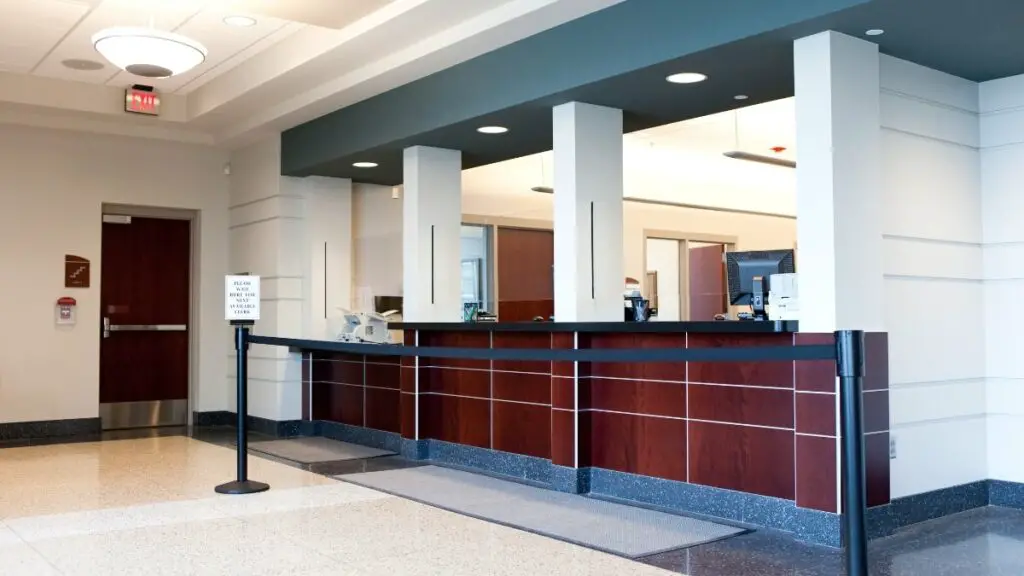In Little Elm High School in Texas, teenagers are getting hands-on opportunities to learn about personal finance…thanks to a new branch of the Credit Union of Texas, which has opened a branch in the large 6A division school. The bank already had a branch in the even larger Allen High School, and both branches are staffed by student employees. This unique arrangement gives students hands-on opportunities to learn about banking and finance and earn their own paychecks! Juniors and seniors at the schools can apply for open part-time positions at the branches, and student employees will likely be considered for full-time positions with the Credit Union of Texas after they finish their education. Student employees also receive a scholarship upon graduation to help them continue their education – perhaps in finance, economics, accounting, or business.
Banks and Credit Unions Partnering With High Schools
Fortunately, Texas is not the only place where banks and high schools are teaming up. High schools in Indiana and California also have bank branches on their campuses. In Alabama, a credit union has opened branches at two high schools in Madison. Apparently, opening banks in high schools is part of a growing trend led by the FDIC’s Youth Banking Network. While most banking partners in the Youth Banking Network don’t go so far as to open branches on school campuses, they must all work with high schools. Of the 85 member banks, at least seven have opened up their own campus branches.
While bank branches at high schools are often full-service branches that include checking accounts, middle schools have even gotten banking partners that allow students to contribute to savings accounts at schools. This introduces banking and personal finance to younger teenagers, but with greater safety and oversight to prevent problems. At the high school level, student employees of the banks are encouraged to deliver presentations to their classmates, spreading knowledge about personal financial literacy and banking.
The FDIC’s goal of partnering banks with schools has apparently been highly rewarding to both groups. Schools have seen increased student engagement regarding financial literacy, and banks have seen improved public relations. Some banks have their own apprenticeship programs for high school juniors and seniors, allowing these students to work as part-time employees and earn college scholarships. A few financial services companies, such as Nationwide, have turned to high school apprenticeships to help expand their talent pipeline. These programs may take graduating high school students and allow them to work at the company throughout their college years, allowing them to receive paid tuition and part-time work while guaranteeing a full-time job upon graduation.
In New York City, a broad-based apprenticeship covering almost 60 high schools is in the works. Freshmen and sophomores will engage in preparation for the paid apprenticeship, while juniors and seniors will be paid from $15 to $25 per hour to work in part-time banking or finance jobs. Several prominent companies have agreed to help pilot the program, including JP Morgan, Amazon, and MasterCard! The city of Chicago is also looking at apprenticeship programs as an important option for high school students. Hopefully, we will see an expansion of finance-based programs in the Windy City as well.


